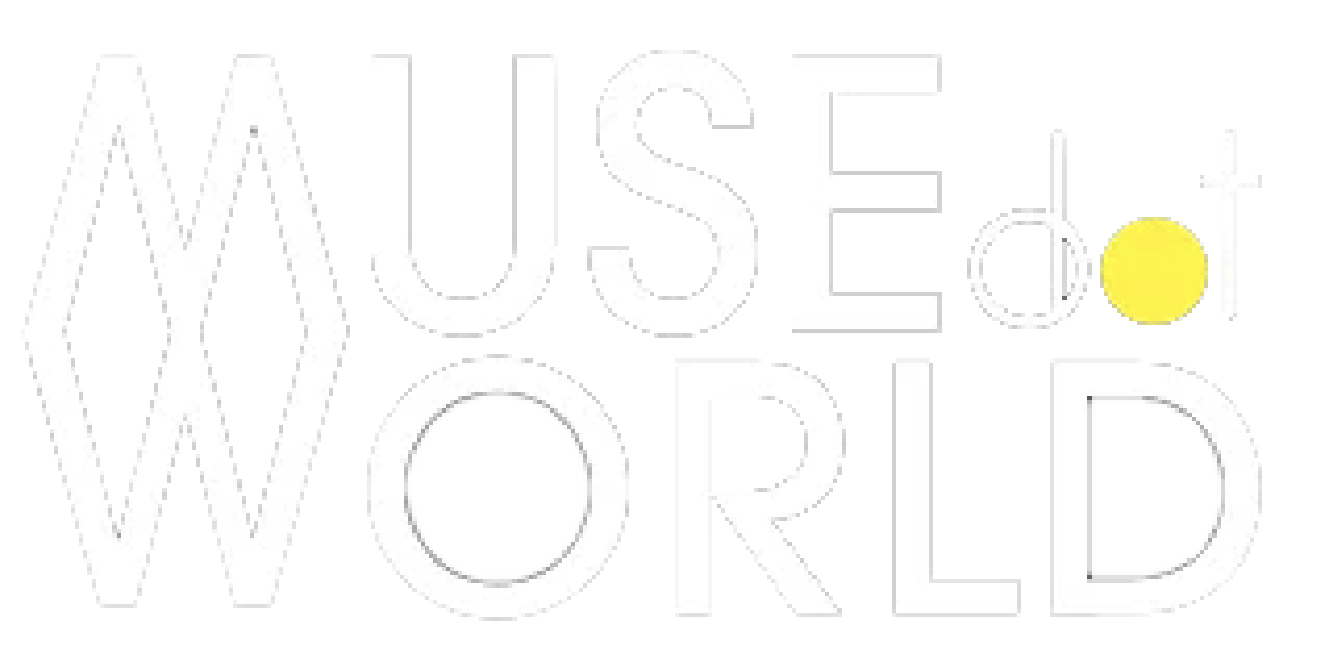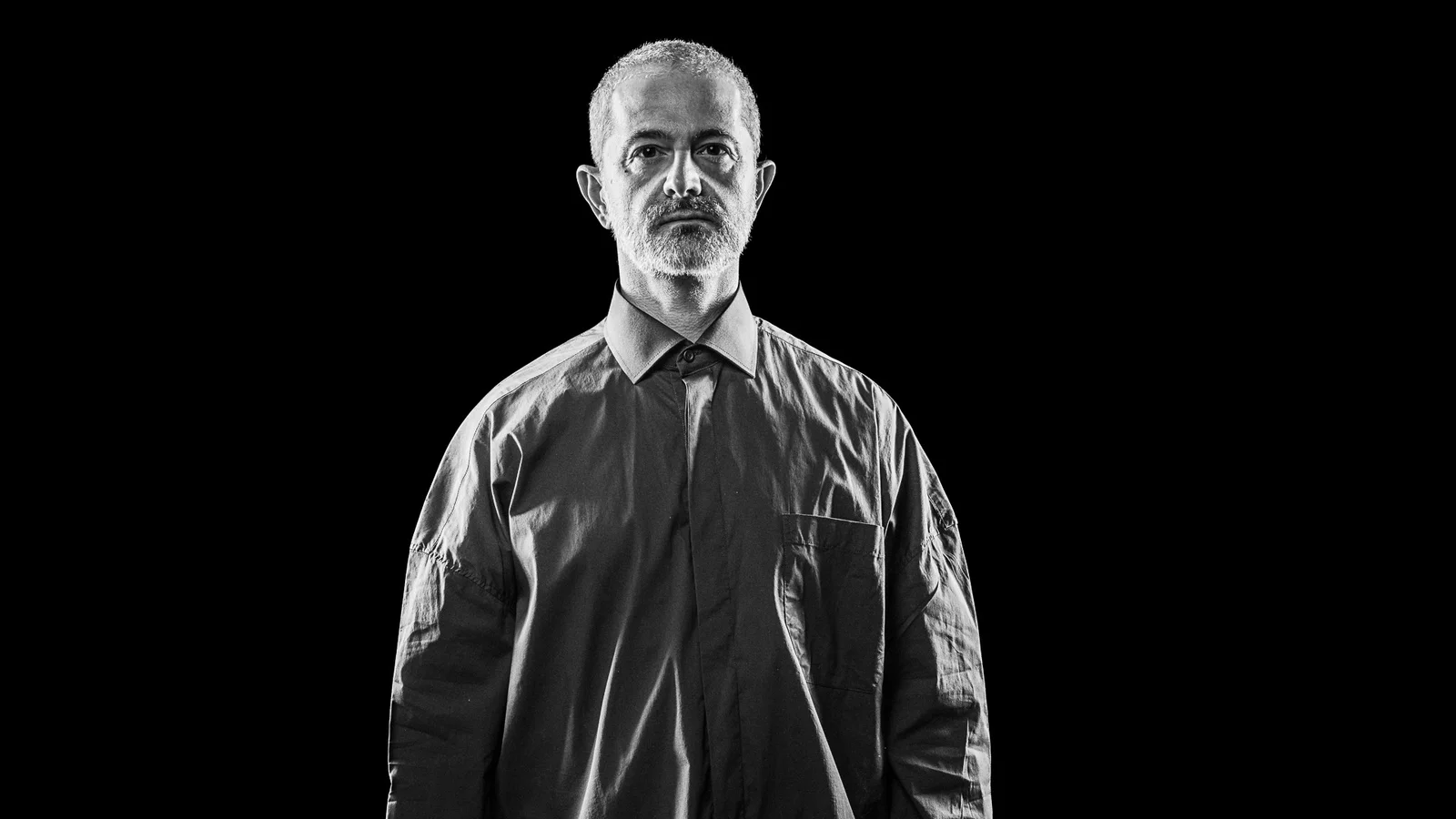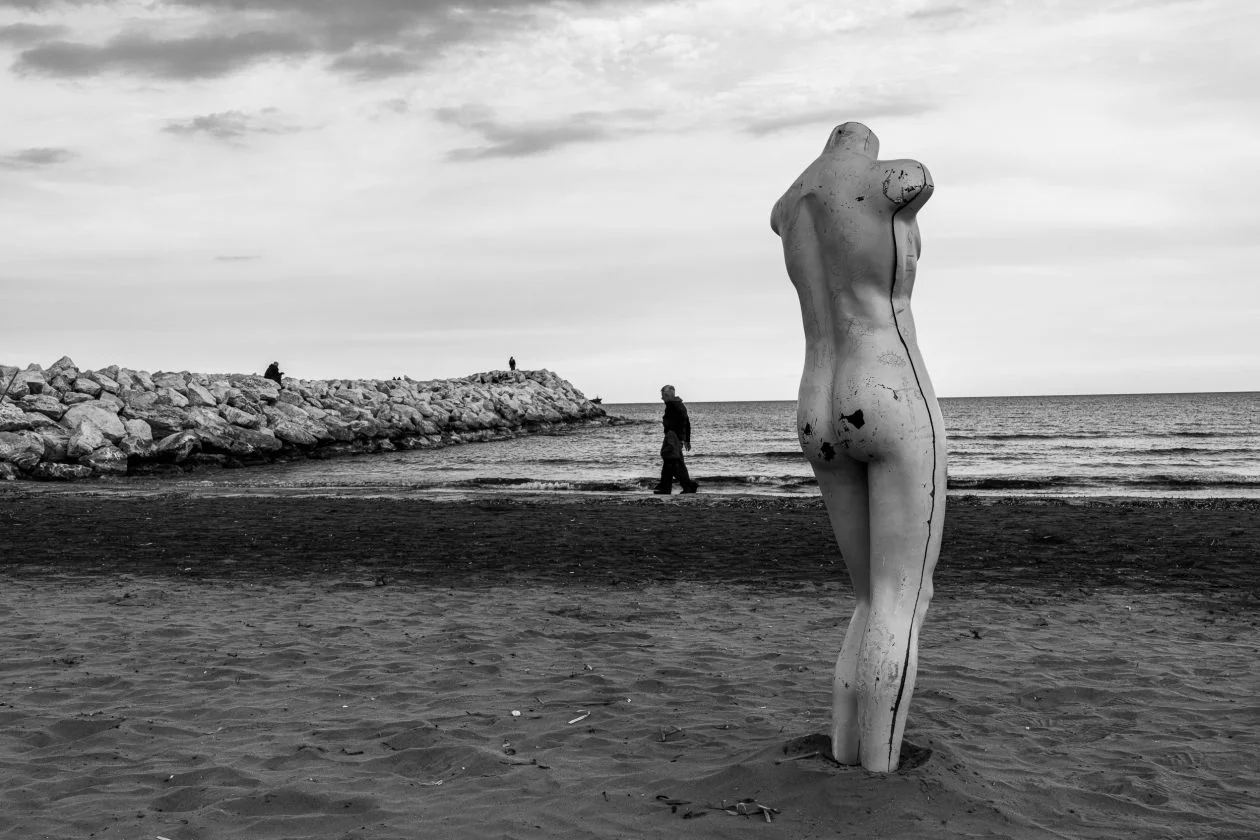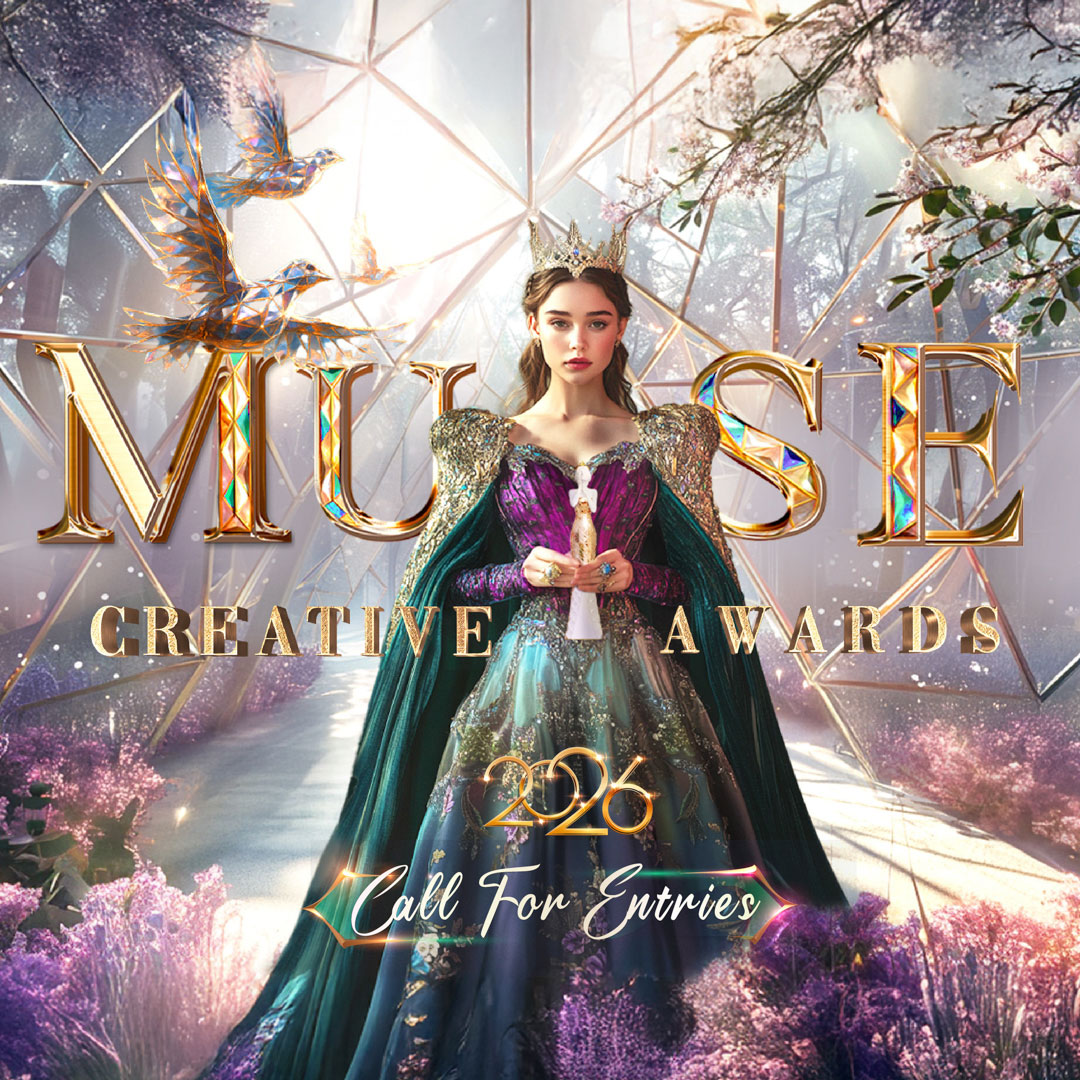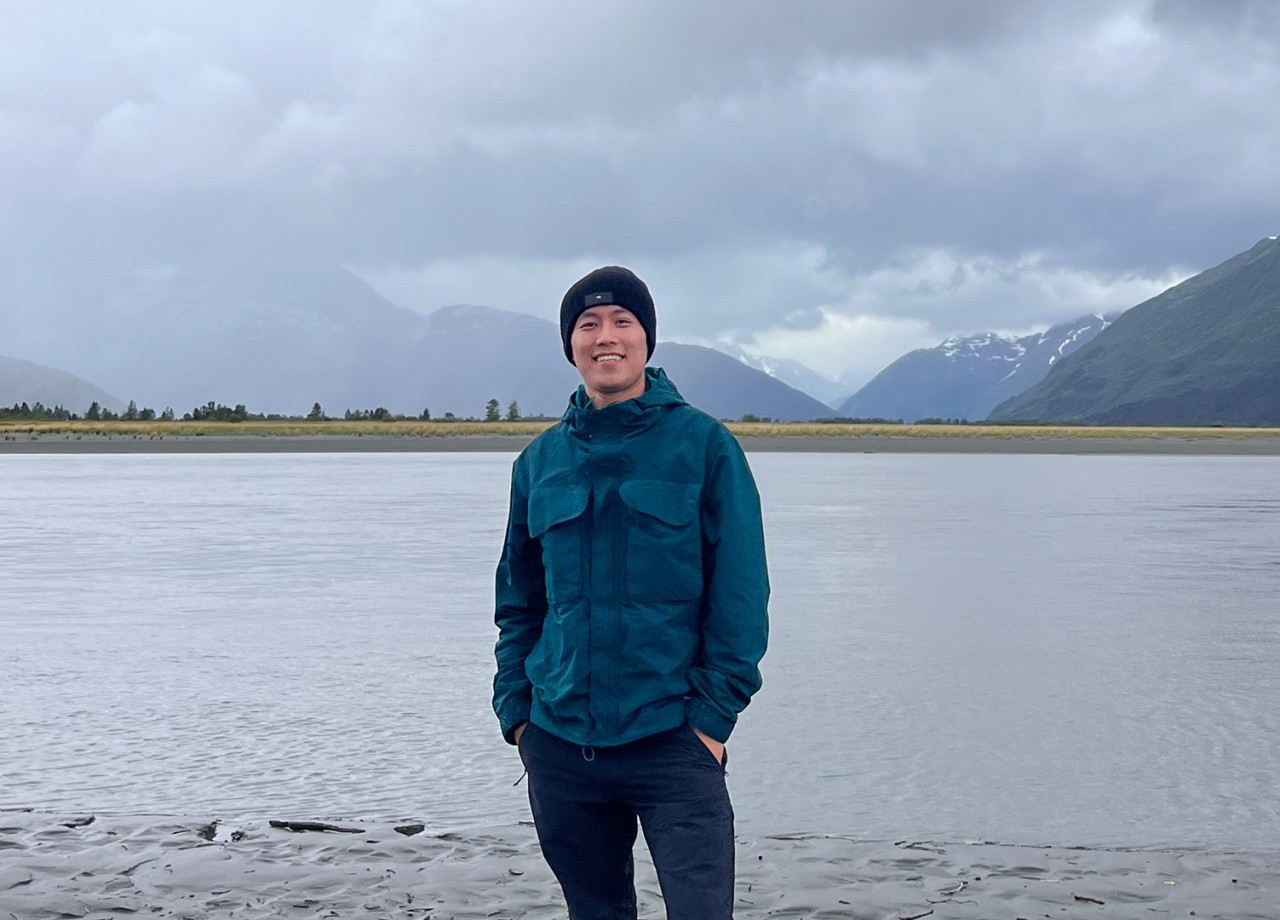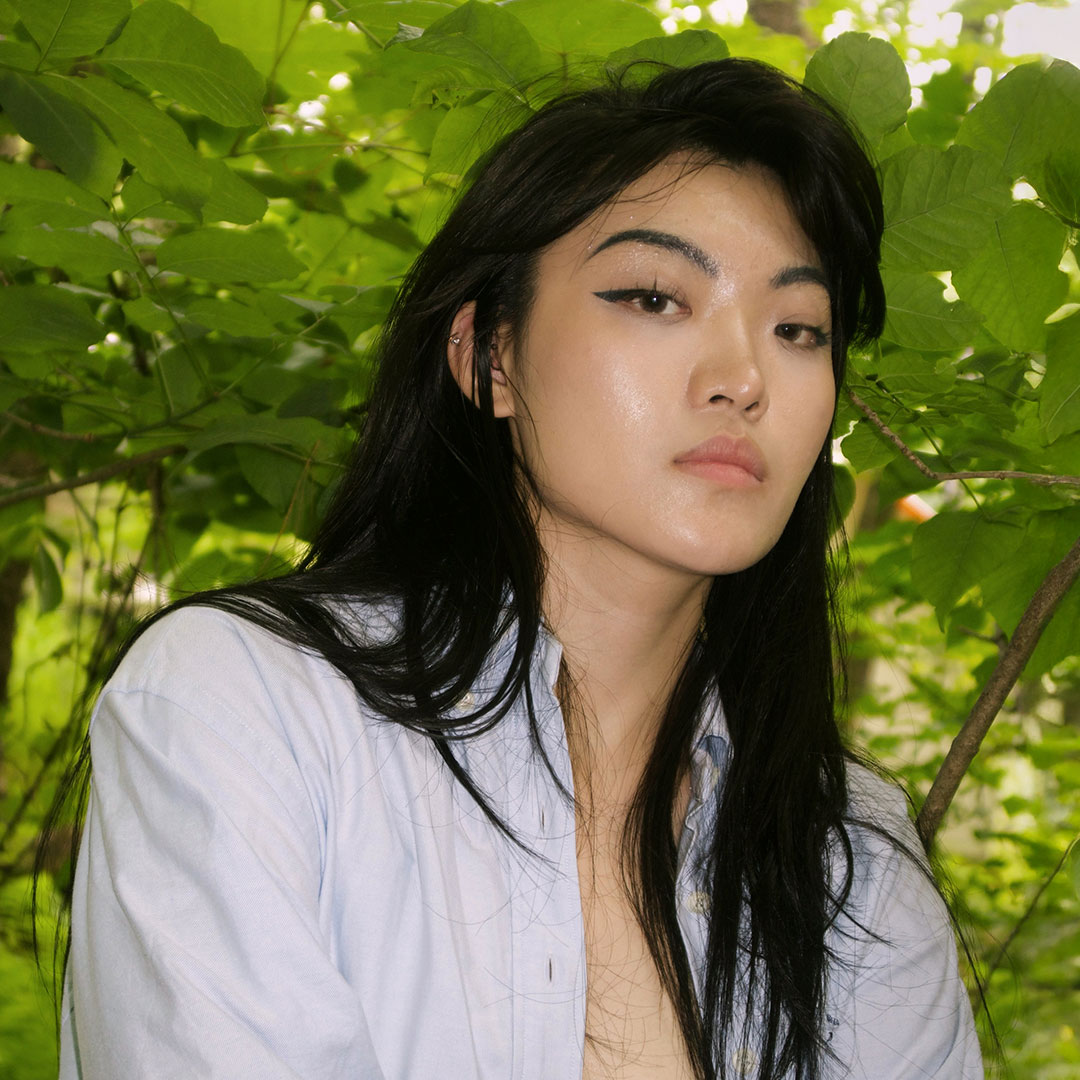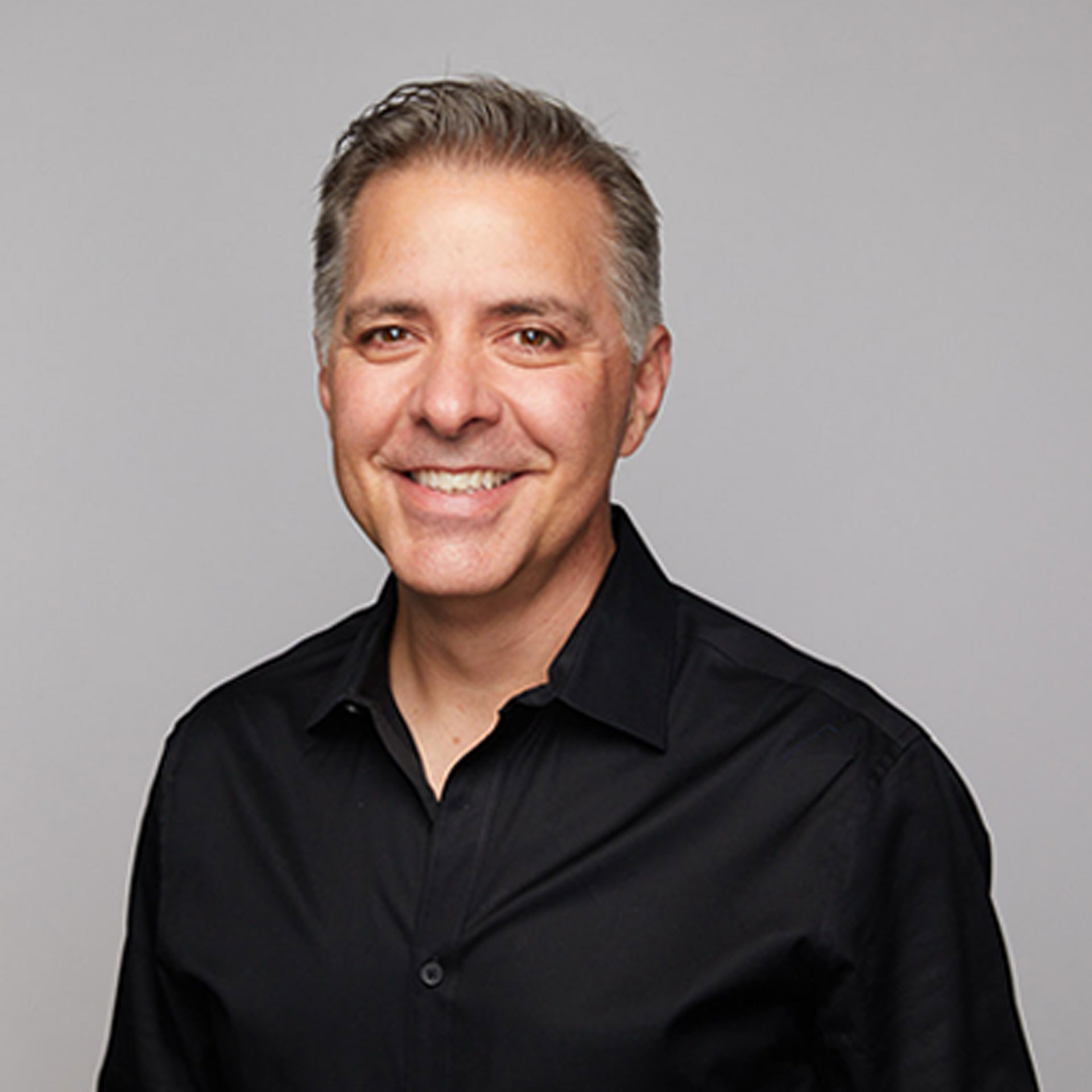When a Hotel Room Becomes a Poem – A Story with Yiorgos Michael
Yiorgos Michae
For Yiorgos Michael, photography is both a medium and a companion, a way of holding memory, silence, and emotional residue. His conceptual images of temporary and anonymous spaces invite viewers into a shared reflection on what lingers after departure.
Thank you. I’m a self-taught artist working between photography and poetry. For me, photography began as a way of translating my inner world into something visible. What we perceive outside of us is always filtered through memory and emotion, and the camera became a way of catching that tension — between the world as it is, and the world as it feels.
My earliest images were taken while travelling, in hotel rooms and anonymous spaces. At first, they were simple records of where I was, but slowly I realised they mirrored a deeper sense of transience and estrangement. Over time, my practice has grown more conceptual — blending staged gestures, blurred figures, and architectural spaces that carry emotional weight.
Since then, photography has become not only a visual medium but a companion — a way of holding silence, absence, and residue. Winning this award affirms that these quiet explorations can also resonate outward, beyond the personal.
Someplace / Not Here / Still There, But Not began as a ritual during travel. I started photographing every hotel room I stayed in — spaces that were temporary, impersonal, yet strangely intimate. From there, the project grew into city streets, corridors, and thresholds, all places that seemed to echo a state of being in-between.
At its core, the work is about presence and absence — the residue of identity in transient spaces, the echo of what lingers after someone has left. Sometimes I use my own body as a blurred or obscured figure; other times the emptiness itself carries the weight of estrangement.
Winning this award feels significant because the project emerged from private vulnerability, yet it touches on a condition many recognise — not fully belonging, yet leaving traces behind. It marks a step in my journey from documenting presence to creating images that hold ambiguity and silence as their own kind of truth.
The work always comes first. I don’t create with competitions in mind. Once a project has taken shape, I look for a platform that feels like the right home — one that values work which doesn’t always fit the traditional categories.
My images often exist in-between genres: part portrait, part performance, part conceptual study. For that reason, I seek competitions with the openness and reputation to embrace this kind of hybridity. From there, the decision is less about a single “perfect” image and more about presenting the work in a context where its ambiguity and quiet tension can breathe.
I first picked up a camera as a way to give form to what language couldn’t quite hold. For me, the world we perceive is inseparable from the inner world that perceives it. Photography became a way of tracing that overlap — expressing silence, absence, or longing through what was already there before me.
It was never about capturing the surface of things, but about letting the exterior mirror something internal. A corridor could hold memory; a veiled face could suggest estrangement. The camera allowed me to explore those echoes — what remains visible, and what withdraws into stillness.
I’m most drawn to conceptual and self-reflective photography — images that exist between clarity and ambiguity. What I love is its ability to transform an ordinary space or gesture into an emotional coordinate. A slouched shoulder, a blurred movement, or the quiet geometry of a hotel room can all become metaphors for memory, estrangement, or desire.
What compels me is not the decisive moment, but the suspended one — the image that holds space for silence, that invites the viewer to step inside and feel what lingers. That tension, between absence and presence, is what I seek and why I return to this kind of photography.
My setup is quite simple — I usually work in aperture priority. Controlling depth of field is essential for me, but I don’t want to get lost in adjusting every setting. Especially on the street, I prefer to enter a kind of semi-meditative state where I’m fully attuned to gestures, light, and atmosphere. Aperture priority lets me stay in that flow without distraction.
It might sound modest, but that’s actually my favourite “feature.” It gives me just enough control while leaving space for intuition — which is where the real work happens.
If there’s one feeling I’d want someone to take from my work, it’s contemplation — the kind of pause where you sense both presence and absence at once. My images often carry a quiet sadness, even a touch of pessimism, but it’s never without a thread of hope.
I think of it as a “sweet sadness” — the recognition that estrangement and longing are part of being human, but that even in those moments there’s still a possibility of connection. I want viewers to step into the image and hold that tension for a while, to feel something unresolved but alive.
Most of the images in this project were taken in hotel rooms, and that in itself was the biggest challenge. The room is never of my choosing — it’s assigned by the hotel — so I arrive without knowing how the light will behave: whether it faces north or south, if it’s tucked into a corner, how many windows there are, or what kind of furniture might limit or shape the space.
That unpredictability forces me to respond in the moment. I have to work creatively with whatever the room offers, often turning restrictions into part of the image itself. In a way, the constraints became an essential part of the project’s voice — they echoed the themes of confinement, displacement, and improvisation that the work is built on.
It may sound unusual, but I’m most inspired by emptiness — spaces that seem vacant yet carry traces of presence. Airports, hotels, train stations: these busy places can feel strangely hollow in certain moments, and it’s in that hollowness that I find something resonant.
Once, during a meditation lesson, the teacher said: “The void is not devoid of peace, but full of blissful stillness.” That phrase has stayed with me, because it captures exactly what I feel when I stand in an empty room or corridor. The space is never truly empty — it holds memory, movement, and the residue of those who passed through. For me, these voids speak volumes.
My influences are wide-ranging, but a few have stayed with me in a very deep way. In photography, Francesca Woodman and Duane Michals have been central — Woodman for her ability to use the self as metaphor, veiling identity to reveal something more universal, and Michals for how he brings poetry and narrative into the photographic sequence.
I’m also drawn to artists who work with atmosphere and ambiguity. Caravaggio’s chiaroscuro, de Chirico’s architectural surrealism, and even the existential rawness of Francis Bacon have all shaped how I think about emotional space in an image. Beyond photography, poetry — from Cavafy to Ocean Vuong — has been just as influential, because it shares with photography the ability to say something powerful by what it leaves unsaid.
Ultimately, it’s less about a single figure and more about that lineage of artists who invite us to dwell in silence, absence, and ambiguity — and to find meaning in what resists explanation.
I would say it’s always worth trying. Putting together an entry forces you to look at your work with fresh eyes — to think carefully about sequencing, about what you want the images to say, and how they speak to one another. That process alone is invaluable.
In that sense, whether you win or not becomes secondary. The act of participating strengthens the work and your understanding of it. My advice would be: use the competition as a moment of reflection and clarity. Focus less on the outcome and more on presenting your work in the most honest and thoughtful way you can.
My advice is: just begin. Don’t wait for the perfect camera, the perfect light, or the perfect idea. Start making images, and along the way you’ll discover what you need — both technically and creatively.
Photography is not only about learning how to see the world, but also about discovering yourself in the process. Let the journey guide you. The mistakes, the surprises, and the experiments are as important as the moments of clarity.
Editing and post-processing are where the story begins to take shape. It’s the stage where individual images are elevated, and where I decide how they will live as part of a larger narrative.
I don’t overprocess — I try to keep the photographs as close as possible to what I saw and felt when making them. But I do edit with care, thinking about how each image can best carry its weight, how it can stand on its own while also contributing to the visual story I want to tell. In that sense, editing is not just technical; it’s an act of meaning-making.
I see AI as another tool — one that will certainly change how we edit and process images. Post-production with AI may well become the norm. But no technology, no matter how advanced, can substitute for feeling — for what the human eye, mind, and inner world bring when standing before something in the flesh.
Photography is not only about the mechanics of making an image, but about the emotional resonance it carries. AI might assist in refining or transforming an image, but it can’t replace the subtlety of perception, or the lived experience that shapes how we see. For me, that human presence will always remain at the core.
That’s a beautiful question. I think I would still be drawn to emptiness — perhaps a vast landscape seen from a plane, or even the view from a spacecraft looking back at Earth. There’s something about those perspectives that amplify both distance and intimacy at the same time.
For me, it’s less about photographing a specific person or place, and more about finding spaces that hold silence, traces, and possibility. The idea of framing emptiness — where presence is felt even in its absence — is what continues to inspire me.
Winning Entry
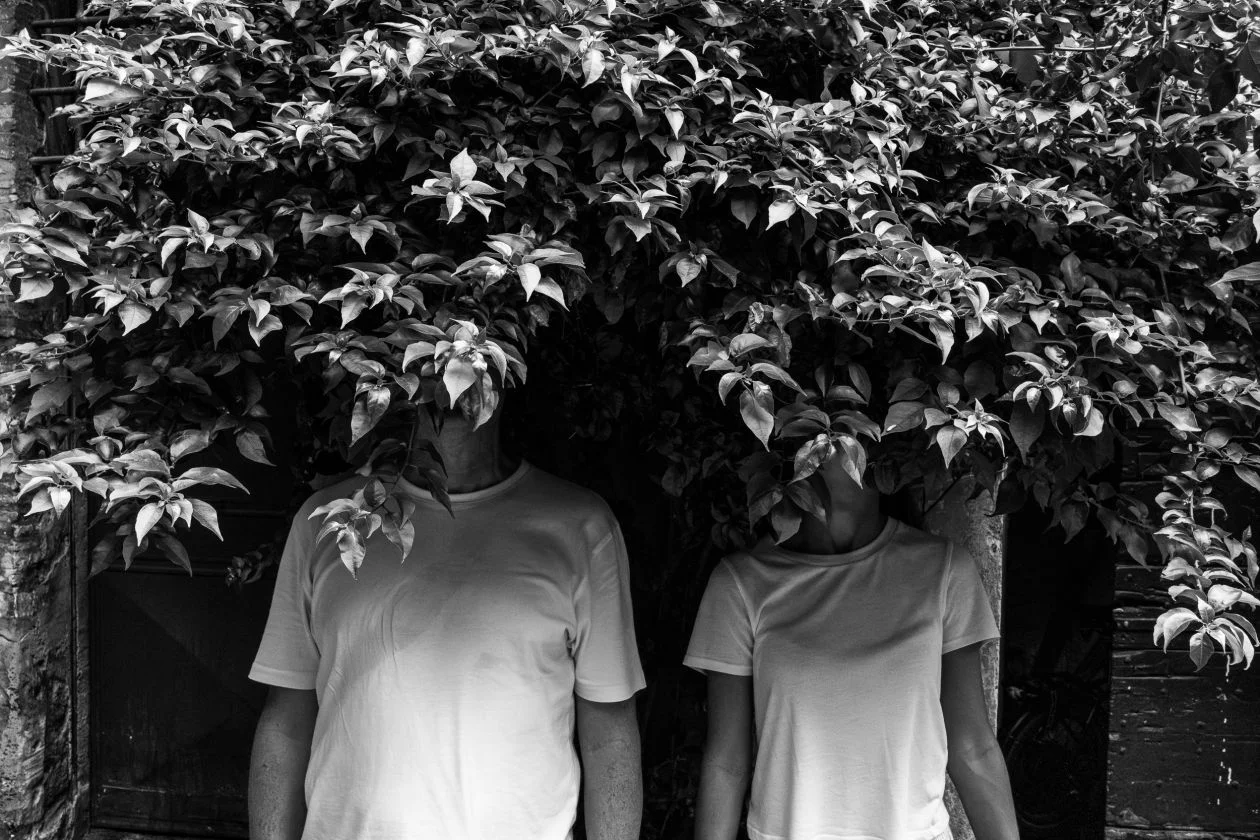
Explore more visual arts From Cityscapes to the Unconventional: A Conversation with Kenta Tamura here.
ADVERTISEMENT




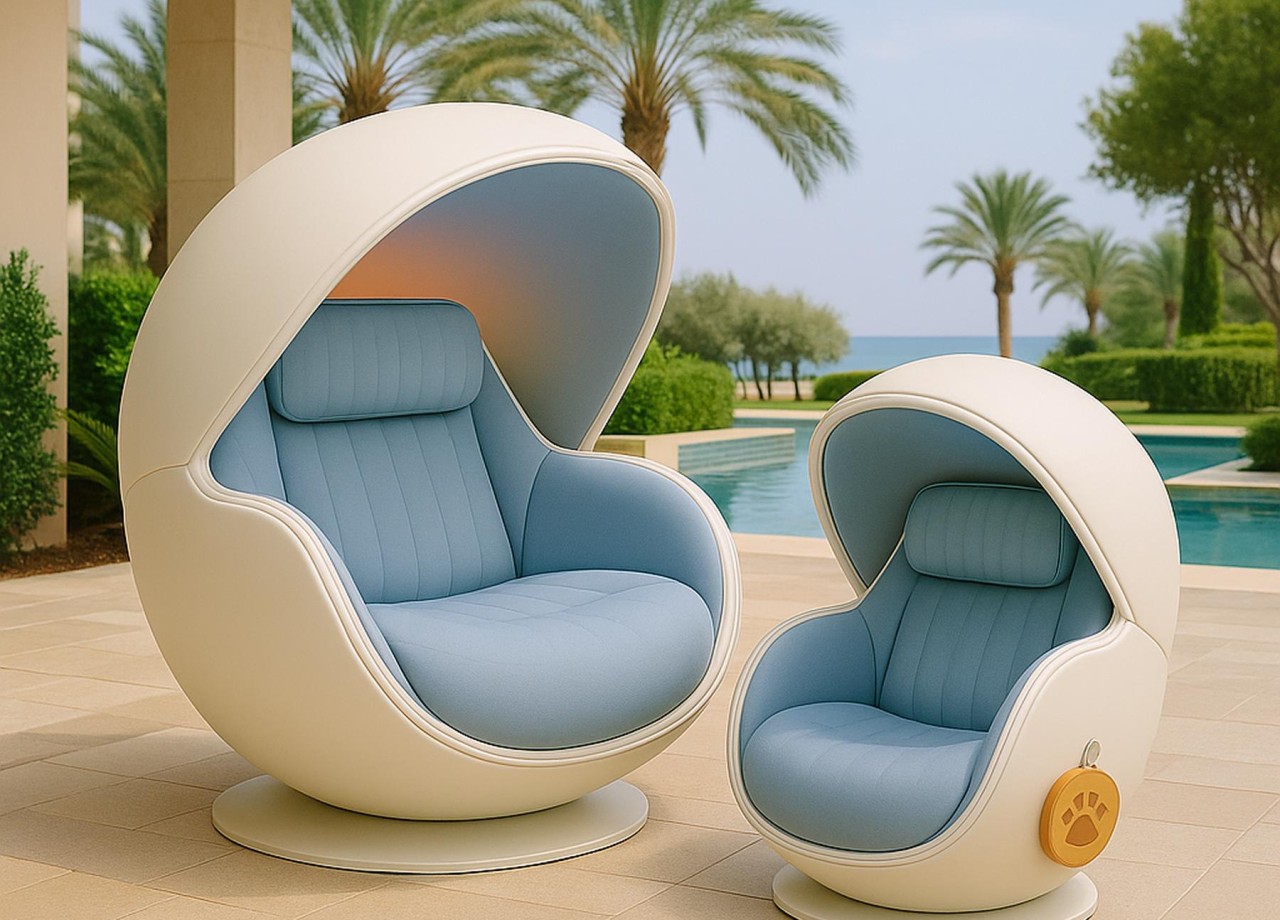



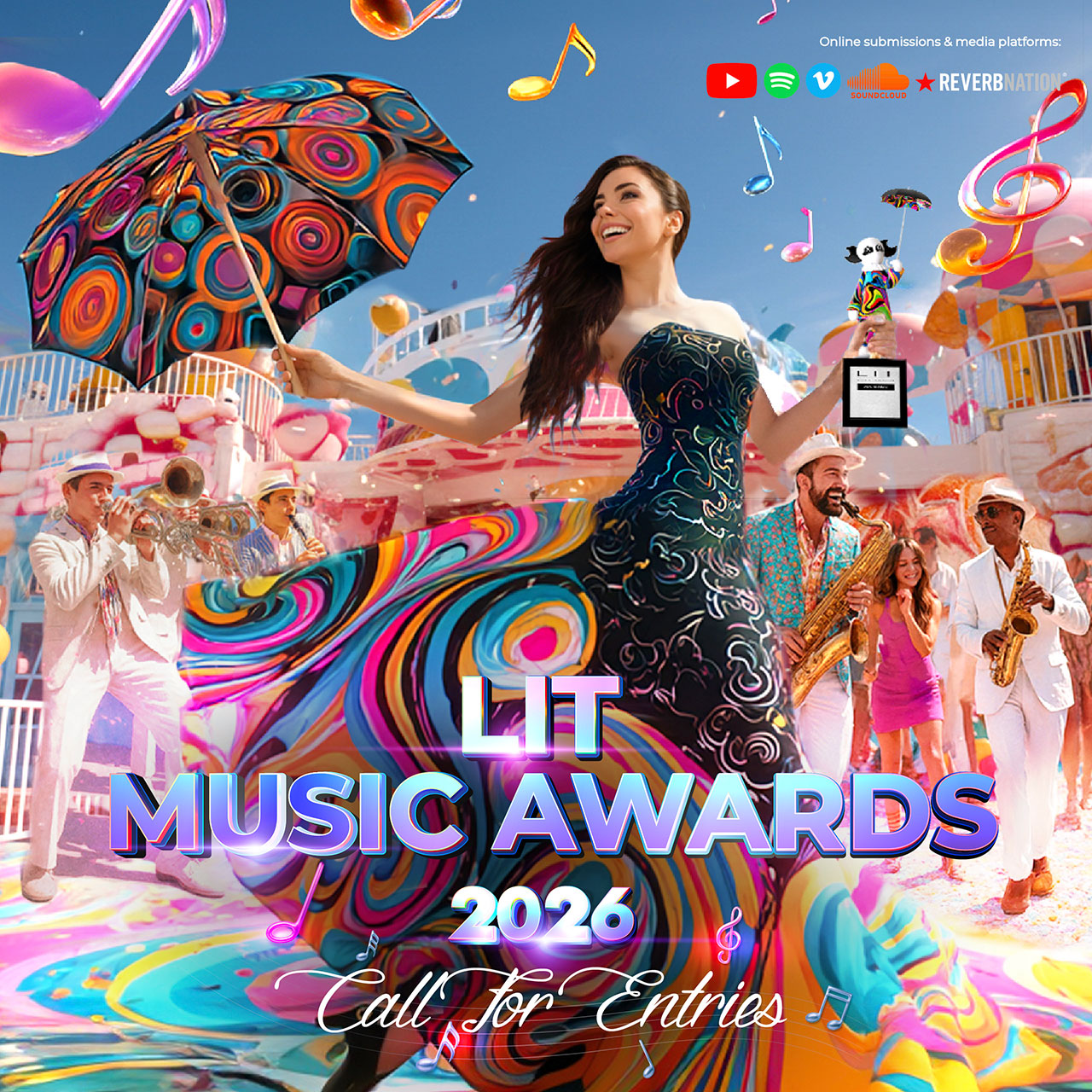

IAA GLOBAL AWARDS
MUSE Awards
Vega Awards
NYX Awards
TITAN Awards
- TITAN Business Awards
- TITAN American Business Awards
- TITAN Property Awards
- TITAN Women In Business Awards
- TITAN Health Awards
- TITAN Innovation Awards
- TITAN Brand Awards
